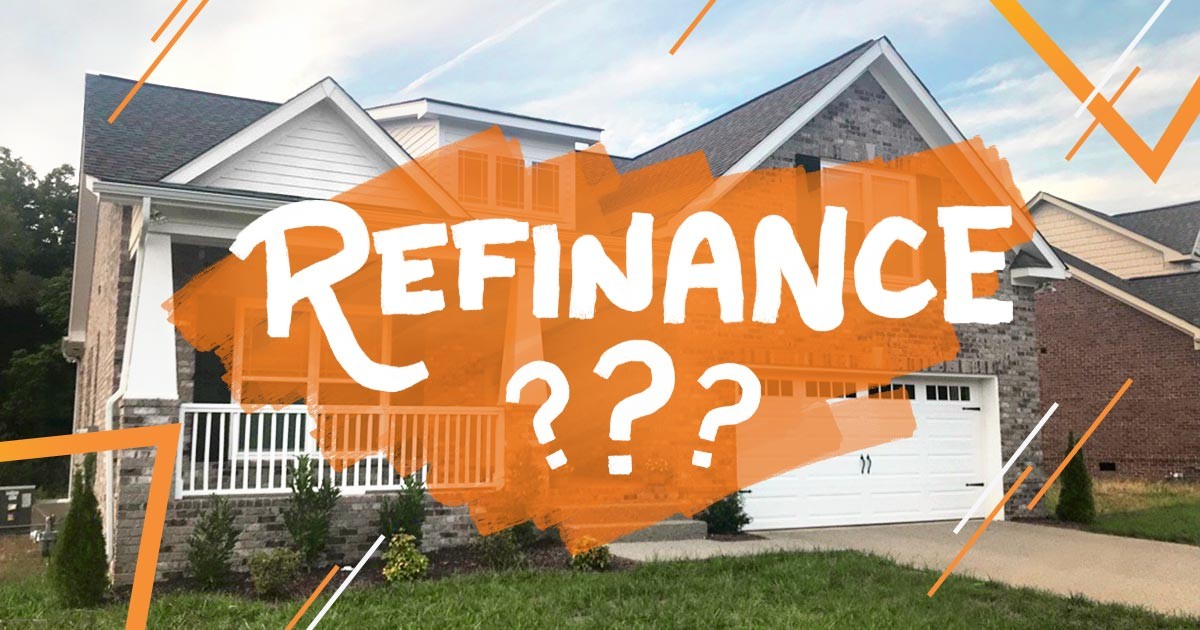
Like a seasoned mariner in a turbulent sea, you’re facing the challenge of falling Central Coast property prices. It’s unsettling, no doubt, especially when your hard-earned investment is at stake. But, is it all gloom and doom? Absolutely not!
You see, even in downturns, opportunities abound. It’s all about understanding the market dynamics, adjusting your sails, and finding the silver linings. So, what’s causing this dip in prices, and more importantly, how can you not just survive, but perhaps even turn it to your advantage?
Let’s explore.
Understanding the Property Market Cycle

To fully grasp the recent price drops in beachside suburbs, you need to understand the property market cycle, a crucial factor influencing real estate trends and values. This cycle, consisting of four stages – recovery, upswing, downturn, and recession – is driven by economic conditions, government policies, and consumer sentiment.
Currently, we’re seeing a downturn in some coastal suburbs, likely due to rising interest rates and pressures of land tax payments. Interestingly, this isn’t just restricted to areas on the fringes of Sydney; suburbs closer to CBDs are also experiencing this downward trend.
You might be wondering, why are prices falling in these prime locations? It’s primarily due to the impact of increased financial pressure on owners of holiday homes, forcing them to sell. Additionally, the lure of a more affordable lifestyle is causing some homeowners to swap their expensive city homes for beachside living.
However, it’s not all gloom and doom. As interest rates stabilise, demand is starting to rise again, attracting Sydney buyers to the Central Coast for its affordability. Remember, the property market is cyclical – what goes down, must come up.
Enhancing Property Value
Even as property prices fluctuate, there are effective strategies you can implement to enhance the value of your coastal property.
First off, consider improving the property’s physical aspects. A fresh coat of paint, landscaping, or kitchen and bathroom upgrades can significantly increase your property’s appeal.
Secondly, ensure your property’s maintenance is up-to-date. This includes plumbing, electrical systems, and the structural integrity of the property. Buyers are more likely to be attracted to a well-maintained property.
Don’t overlook the benefits of professional staging when it’s time to sell. Staging can draw attention to your property’s best features and could potentially increase its value.
Lastly, consider investing in energy-efficient upgrades. With rising energy costs, prospective buyers often look for homes that can help them save on utilities. Solar panels, energy-efficient appliances, and insulation can all add value to your property.
Leveraging Negative Gearing
In navigating the choppy waters of falling property prices, negative gearing could serve as your financial life raft. This strategy involves investing in a property where the cost of owning it, including interest expenses and maintenance costs, exceeds the income it generates. You’re essentially making a loss, but here’s the silver lining – you can offset that loss against your other income, reducing your overall tax bill.
Now, let’s delve deeper. Negative gearing works best in a climate of rising property prices. Your ongoing losses are offset by the capital gain you make when you eventually sell the property. But in a falling market, like the current Central Coast scenario, the benefits aren’t as clear cut.
However, don’t disregard negative gearing just yet. It’s all about your long-term financial strategy. If you’re in a high income bracket and can absorb the losses in the short term, negative gearing can still be a viable strategy. You’re banking on prices rebounding in the long term.
In a nutshell, understanding and leveraging negative gearing, despite the bearish market sentiment, could be your key to weathering the storm.
Investment Diversification Strategies
Diversifying your investment portfolio can provide a safety net in times of falling property prices, especially in beachside suburbs like those on the Central Coast. While real estate can be a profitable investment, it’s not without risks. When property values decline, as they’ve in areas like Forresters Beach and Wamberal, it can erode your wealth quite substantially.
One way to mitigate this risk is by diversifying your investments. By spreading your money across a variety of asset classes – such as bonds, shares, and commodities – you can reduce your exposure to any single investment. This way, if one sector suffers, it’s unlikely to wipe out your entire portfolio. You’re essentially not putting all your eggs in one basket.
Moreover, consider investing in different geographical areas. While Central Coast property prices may be falling, other regions or countries may be experiencing growth. International diversification can help balance the risk associated with local market downturns.
Lastly, consider varying your investment strategies. Instead of solely relying on traditional buy-and-hold strategies, explore options like short-selling or derivatives. These can provide returns even in a falling market. Remember, diversification is about balance and risk management. It’s not a guarantee against loss, but it can help cushion the blow.
Navigating Property Refinancing Options

As property prices tumble in coastal suburbs, you might find it’s the perfect time to explore your refinancing options. Refinancing can provide you with the financial leverage to navigate these price drops. It’s a strategy that involves replacing your existing loan with a new one, often with more favourable terms.
Start by assessing your financial situation critically. How much equity do you have in your property? What’s your credit score like? These factors significantly impact the rates and terms you’ll get.
Next, it’s crucial to shop around for the best rates. Don’t assume your current lender will provide the best deal. Instead, consider multiple lenders and weigh their offerings against your needs.
You should also consider the type of refinancing you need. Cash-out refinancing can be ideal if you want to tap into your home equity, while rate-and-term refinancing might suit if your goal is to lower your interest rate or shorten your loan term.
Lastly, be aware of the costs associated with refinancing. It’s not free, and fees can pile up. Ensure the savings in interest or the lure of immediate cash outweigh these costs.
Given the unique dynamics of Sydney’s real estate market, seeking expert mortgage advice can be crucial. An expert can offer tailored advice and insights specific to Sydney’s market, helping you make a well-informed decision. They can guide you through the complexities of refinancing in a fluctuating market, ensuring you leverage the most beneficial terms for your situation. It’s a delicate dance, but with careful analysis, strategy, and expert guidance, you can successfully navigate the turbulent property market.
Conclusion
As Central Coast property prices dip, you needn’t fret. Understanding the property market cycle, enhancing property value, leveraging negative gearing, diversifying your investments and exploring refinancing options can help you weather the storm.
Keep a keen eye on the changing market dynamics and adapt accordingly. Remember, knowledge is power and in this shifting market, it’s your most valuable asset.
Stay informed, stay resilient, and you’ll not just survive, but thrive.













